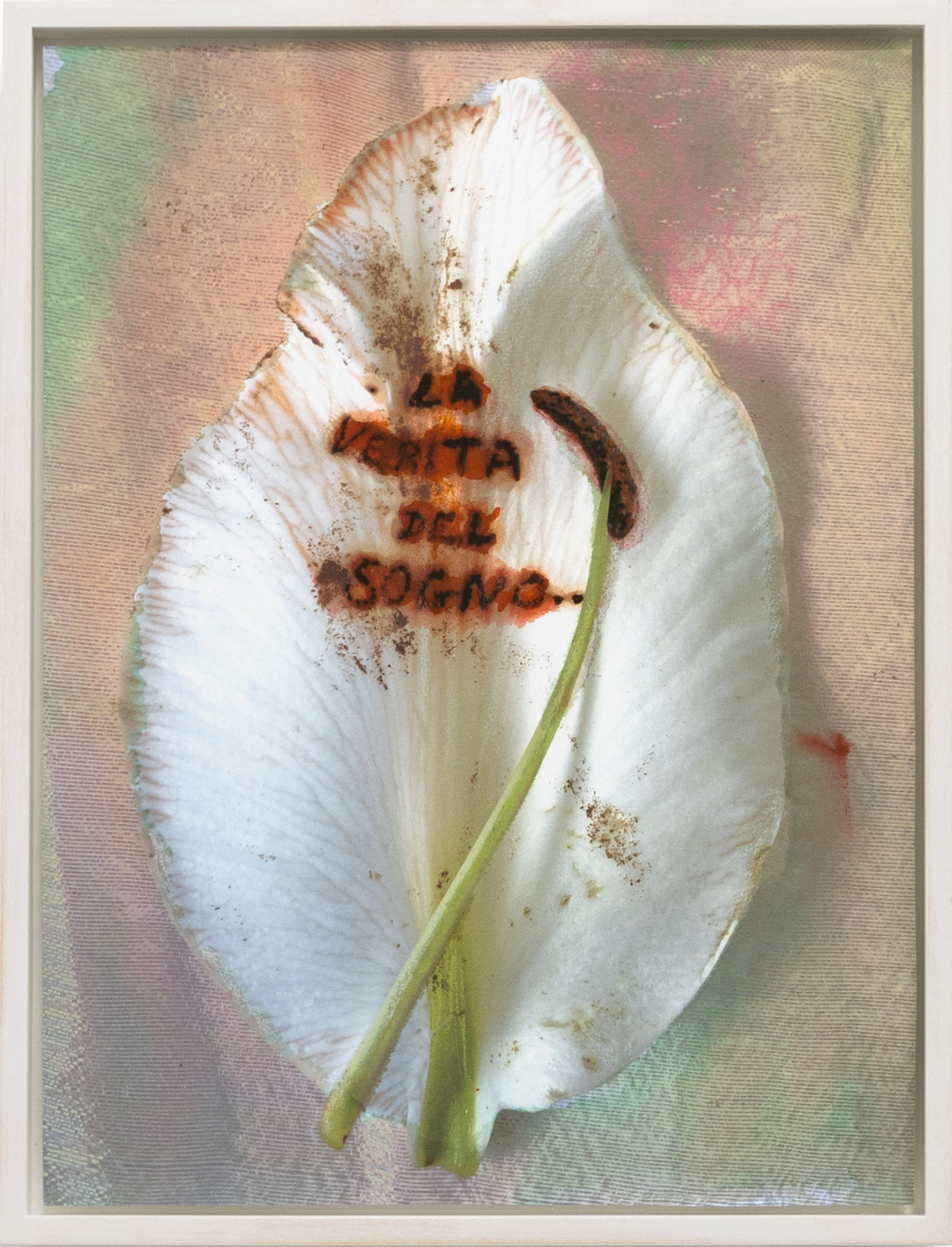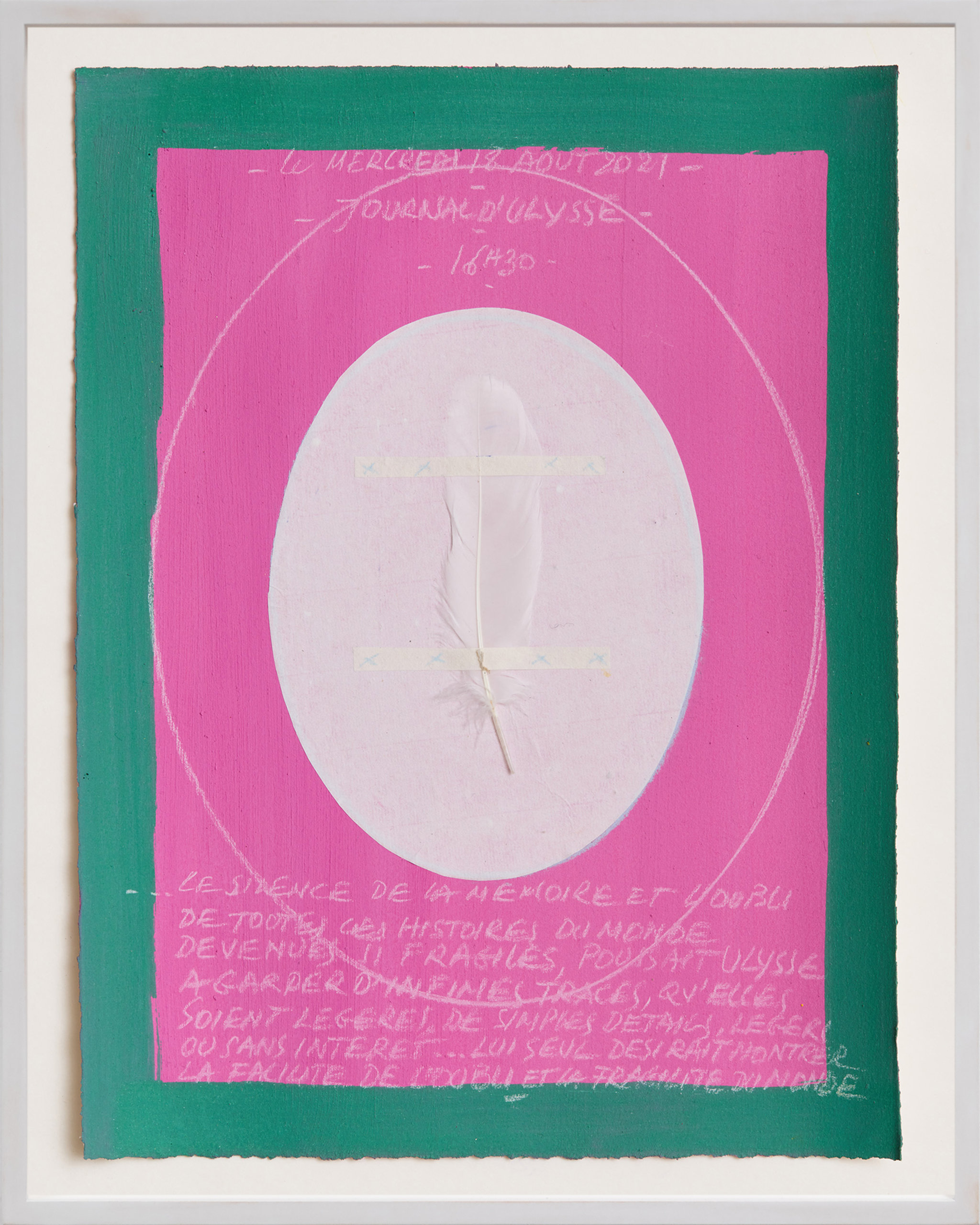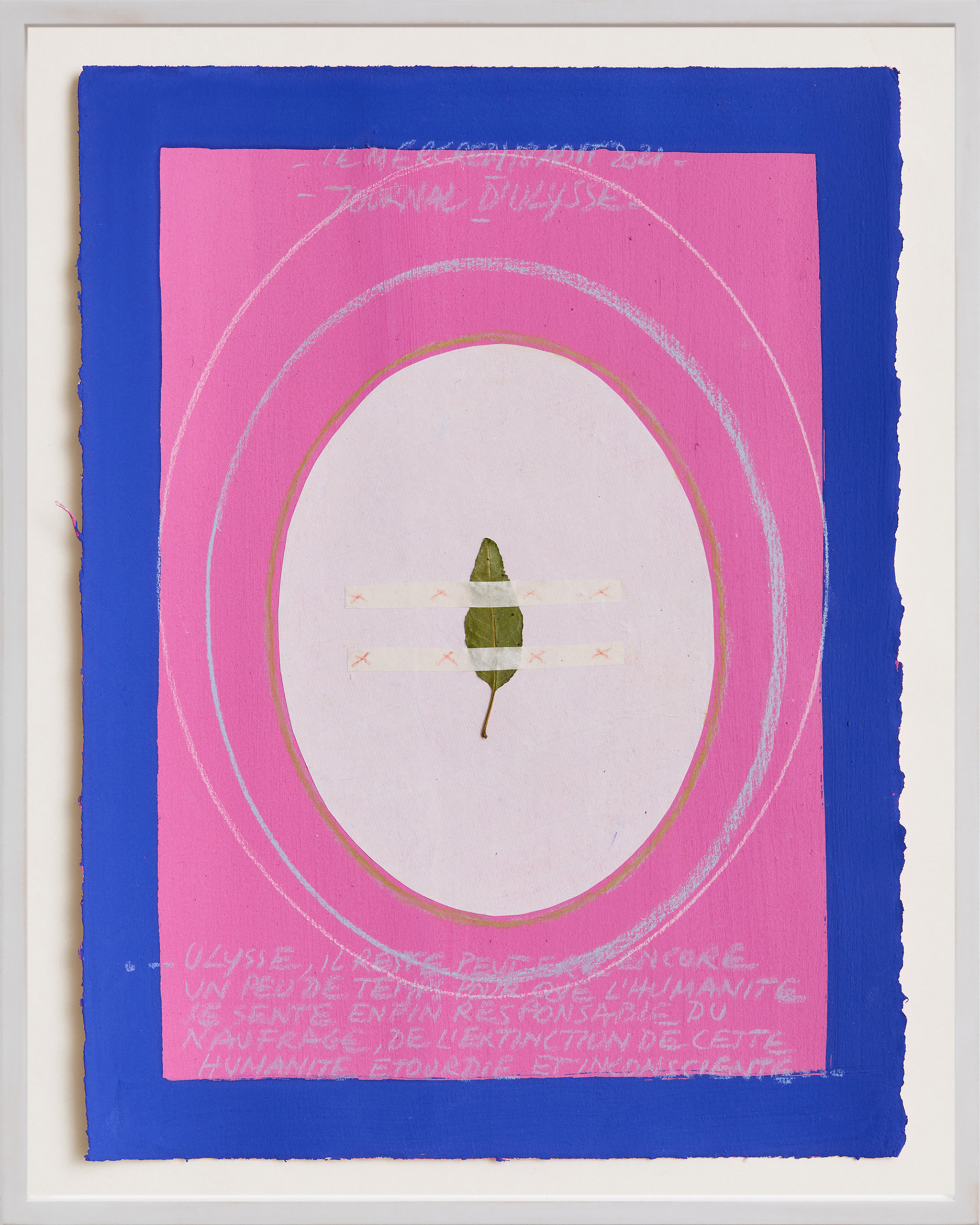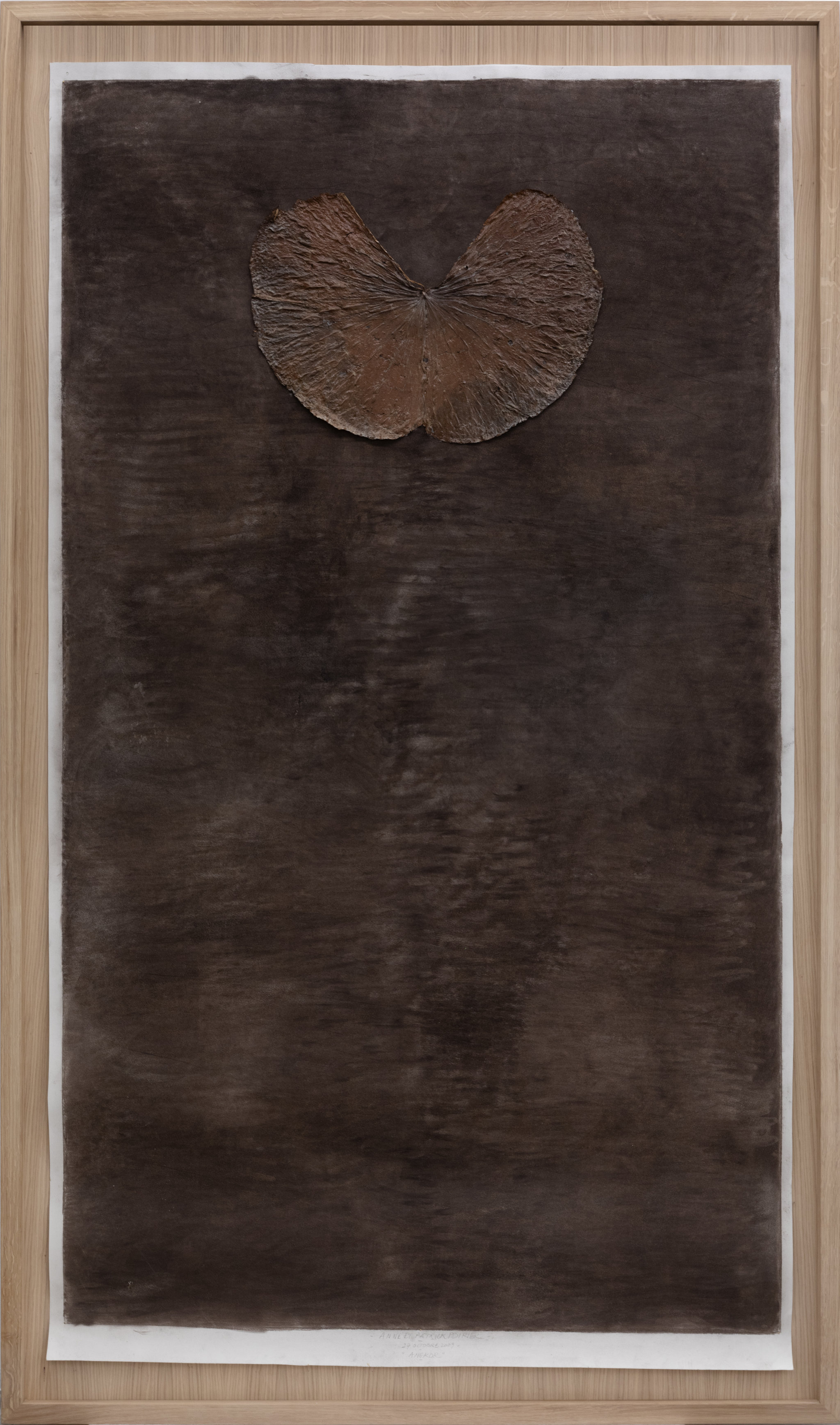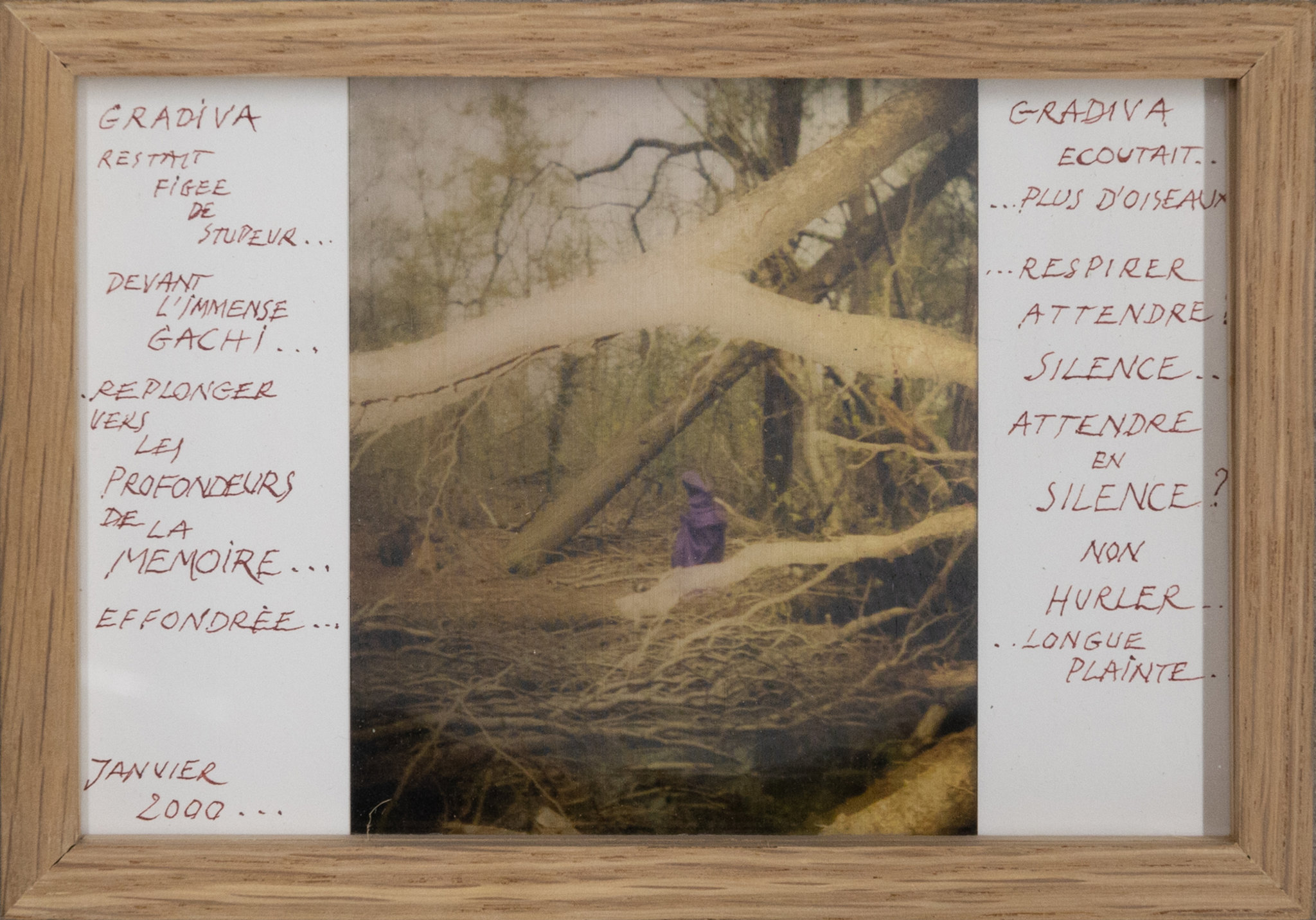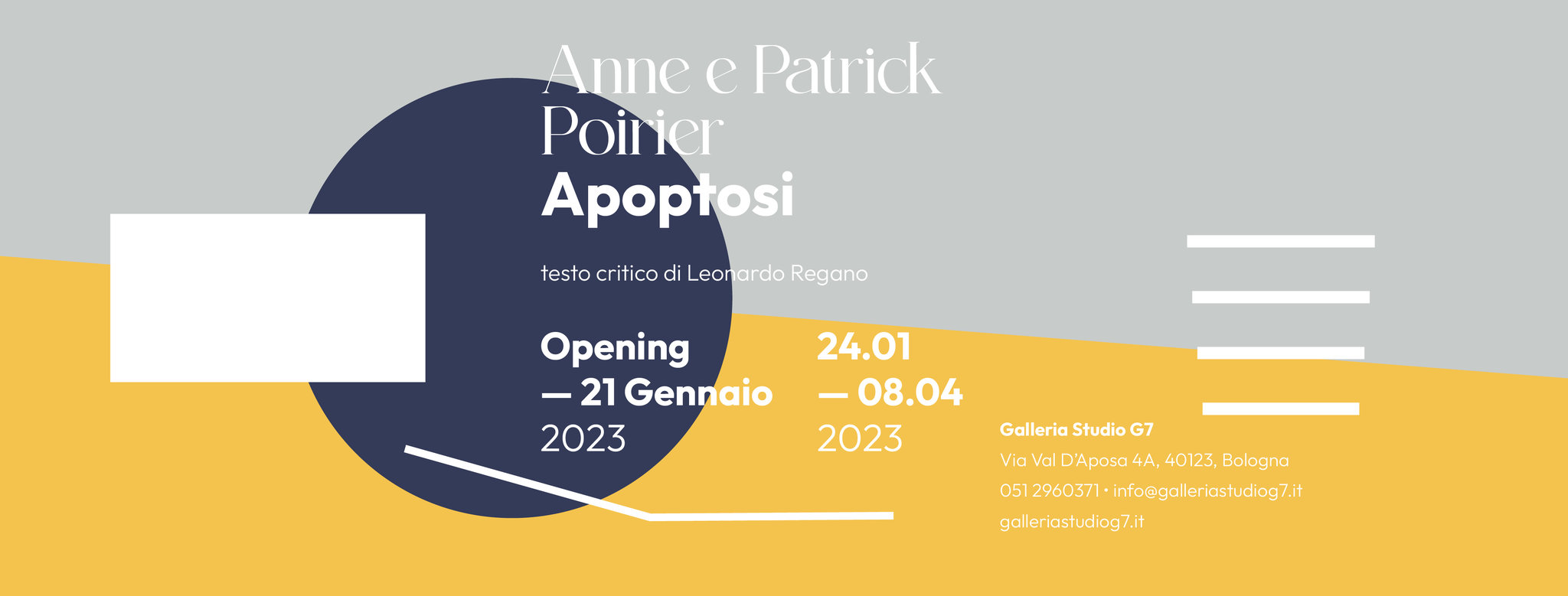
APOPTOSI
24 January - 08 April 2023"Dear Marcus,
This morning I went to see my doctor, Hermogenes, who had recently returned to the Villa from a long trip to Asia. […] It is difficult to remain emperor in the presence of a doctor; it is also difficult to preserve one's human essence; the doctor's eye sees in me only an aggregate of humours, a poor amalgam of lymph and blood."
Exhausted and ill, Hadrian writes to his friend Marcus Aurelius to tell him of the ordinary medical examinations which, inevitably, ascertained the looming transience of his body. The emperor notices the doctor's eye observing his suffering body with an unnatural and cold skill, regardless of the respect and the devotion deriving from his role. Hermogenes is the archetype of the scientific approach, of an impartial, non-corruptible analysis of objective reality. Hadrian, on the other hand, is not portrayed as the brave warrior, as we could expect. He is represented in his fragility as a lonely man, aware and in acceptance of his own mortality. Marguerite Yourcenar uses literature and classical mythology to start a reflection in a field of shared knowledge that combines together history, philosophy, archeology and psychology. The theme of ruin and decadence – be it physical, social or historical – is a recurring theme for her. “Everything flows. The soul that observes, still, the passage of joy, sadness and death of which life is made, has received "the great lesson of flowing things”, so as to use her words. The French-American writer is in her early twenties when she visits for the first time Villa Adriana in Tivoli, a source of inspiration for her masterpiece, Memoirs of Hadrian, mentioned at the beginning of this text. Anne and Patrick Poirier also arrive in Rome for the first time in their twenties, in 1967, and as winners of the Gran Prix de Rome, they stay in the capital until 1971 at Villa Medici. There, their artistic research develops and their alter ego takes shape, the imaginary figure of an architect-archaeologist who tirelessly investigates the traces of our past. For the two artists, as for Yourcenar, the vision of Villa Adriana is a revelation, a discovery similar to "a curtain drawn over the world", as it happened with Ostia Antica and Nero's Domus Aurea, places which are capable of unleashing an all-encompassing and ever-growing interest in the past and history. Anne writes in 1971: "I remember that sentence by Marguerite Yourcenar in Memoirs of Hadrian: "Every building was the plan of a dream". We build the dream every day, always [...]". The idea of apoptosis, chosen by the French duo as a fil rouge relying the works of this new project presented at Studio G7 – the ninth since the beginning of their collaboration – refers to a biological process by which a living organism regenerates itself through the programmed death of some of its cells. There is nothing brutal, nor painful or nostalgic, about this death. It is in fact linked to that delicate humoral and biological balance on which life is based. Apoptosi is a project that talks about regeneration, the definition of a new beginning in the wake of energy balance, between yin and yang. Anne and Patrick Poirier play the role of a perfect Hermogenes, as impassive objective investigators of what is happening around them. As scientists, they study the world by questioning its laws and rules. While raising social, ethical and political reflections in their actions, their perspective remains impartial, leaving any judgment to the interpretation of those who observe the research results. Their investigation goes towards the origin of all knowledge, towards the prime driver of every action: the soul or psyché that moves every human action. The brain-shape that returns as a constant symbol of their production - reproduced in sculptures, drawings, paintings, installations - embodies the physical expression of this element that connects humankind to the divine. The reference to craniocerebral anatomy is also made by formal assonance in the two hemicycles of the lotus leaf that stands out against the dark background in Angkor (2009). According to the Platonic thought, knowledge stems from memory: the soul learns the truth even before incarnating in its physical matter. This reflection seems to place the central role of memory in the poetics of Anne and Patrick Poirier. The personal memory - the trip to Cambodia immediately after the first stay in Rome - is connected to the collective history (the tragedy of the war looming over the country, highlighting the fragility that characterizes humankind) in the words of Patrick: “I walked in the heat...in this nature which would soon be the scene of absurd battles [...] Men sell and attack; the lianas, the enormous roots are no longer the danger: men destroy to affirm themselves". Through brain processing, memory is transformed into a dream: "every building was the plan of a dream", recalls Anne. And all the buildings together connect to each other in a single urban fabric, originating an entire city named after Mnemosyne. Launched in the early 1990s, Mnemosyne is an ideal city dedicated to the goddess of memory and mother of the Muses. It is part of a cycle of imaginary cities founded by Anne and Patrick Poirier. Like the previous ones, this one too is characterized by the elliptical shape - a reference to the brain - of its urban fabric and by the fact that is has its core in the Library, a place where memory and knowledge – without any distinction - are traditionally preserved. If Mnemosyne (1990-2022) is a new city that shines even without traces of human life, Sogno (2017) shows only a fragment of the urban fabric, the glorious ruin of a past. The archaeological ruin, isolated from its context, appears similar to a vision that takes on a double meaning, permeated with a nostalgic feeling for a past that has passed and which today becomes a warning of human fragility and an uncertain future of crisis. On the other hand, the ruin is perceived in its persistence beyond the passage of time and neglect, as a resilient architectural element. In a work like Cosmos (2017) we continue to read that space-time passage which, from the dystopian future of Mnemosyne, takes us to the heroic past of Sogno: in Cosmos we return to the mythical stage of the origins of time and space. The whole universe is portrayed in all its perfection as a sphere, closed and curved in its spherical shape. The stereoscopic images composing Gradiva (2000) refer to the archaeological time which is overlapped by the time of the psyche. The quotation of the homonymous novel by Wilhelm Jensen connects to the theories of Sigmund Freud, and to his continuous finding similarities between the methods of investigation of the two disciplines. Finally, the great Journal d'Ulysse (2021), a torn out journal installed on the wall, takes us back to the dimension of personal memory. The artist, a new Ulysses, is portrayed in his continuous wandering, a journey that crosses an existential need.
“Life is all about wandering looking for of dreams" - writes Anne. "One never returns to Ithaca, my dear Ulysses, nor to Kythera, nor to any of the blessed islands from which the cruel gods have exiled us”.
Leonardo Regano


